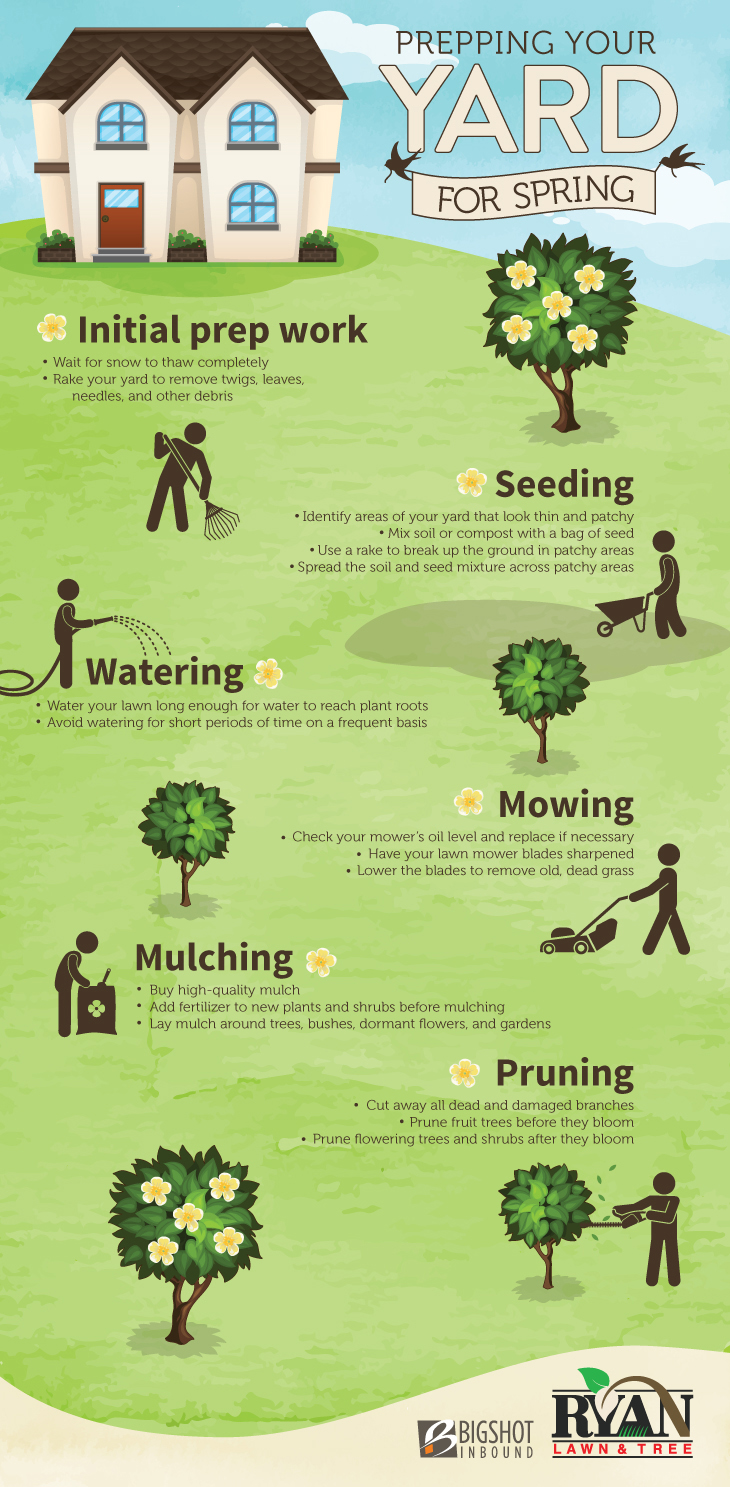Post-Tree Elimination Treatment Is Essential For Landscape Restoration; Find Important Actions To Revitalize Your Space And Stop Future Issues
Post-Tree Elimination Treatment Is Essential For Landscape Restoration; Find Important Actions To Revitalize Your Space And Stop Future Issues
Blog Article
Content By-Powell McCollum
After a tree's removal, your landscape may look fairly different, and it's important to analyze the results thoroughly. You'll want to review the dirt disruption and inspect surrounding plants for any kind of indications of stress. Ignoring these factors can cause bigger issues down the line. So, what should you do with those stumps and roots? And just how do you pick the very best plants for your rejuvenated room? Allow's discover these vital steps.
Assessing the Aftermath: Assessing Your Landscape
After a tree removal, it's critical to assess your landscape to comprehend the impact it carries your lawn.
Begin by analyzing the area where the tree stood. Try to find signs of dirt disturbance, and check the bordering plants for any stress or damages.
You must also bear in mind of exactly how the elimination has actually changed sunlight direct exposure and airflow in your garden. This change can impact the growth of close-by plants, so it's essential to review their health.
Think about the visual facets as well; the elimination may create an open space that you can revamp.
Finally, consider any prospective erosion problems that may develop from the tree's lack. Addressing these aspects early will assist recover equilibrium to your landscape.
Handling Stumps and Origins: Options for Elimination
When you have actually examined the consequences of the tree elimination, you'll likely need to tackle the stump and roots left.
visit the following page have a couple of choices for removal. One efficient technique is stump grinding, where a professional makes use of an equipment to grind the stump to underground level. This technique leaves minimal disturbance to your landscape.
If you like a DIY approach, you can make use of a mix of excavating and chemical stump cleaners. Just bear in https://www.smithsonianmag.com/innovation/seven-ideas-for-do-it-yourself-backyard-pools-180975483/ , this process can take some time and effort.
Conversely, take into consideration leaving the stump as an all-natural attribute, which can serve as an one-of-a-kind yard aspect or habitat for wild animals.
Whatever you pick, resolving the stump and roots is vital for recovering your landscape.
Picking the Right Plant Kingdoms for Your New Space
As you examine your recently removed area, picking the right plants can significantly enhance your landscape's elegance and performance.
Beginning by considering the sunshine and soil conditions. For bright locations, choose drought-resistant plants like lavender or succulents. In shaded places, ferns and hostas thrive well.
Think about the size and growth routines of your plants; mix perennials and annuals for seasonal variety. Don't forget to incorporate native types; they need much less upkeep and support local wild animals.
Group plants in weird numbers for a much more natural look and produce layers for aesthetic depth.
Finally, guarantee you have a mix of shades and textures to keep your landscape dynamic throughout the periods.
Happy growing!
Verdict
Finally, recovering your landscape after tree elimination is a rewarding process. By analyzing the aftermath, resolving stumps and origins, and selecting the right plants, you'll produce a flourishing environment. Do not fail to remember to integrate erosion control procedures to safeguard your dirt. With a little effort and care, you can transform your room right into a vivid garden that improves your home. Welcome the opportunity to revitalize your landscape and appreciate the appeal of nature right in your backyard!
